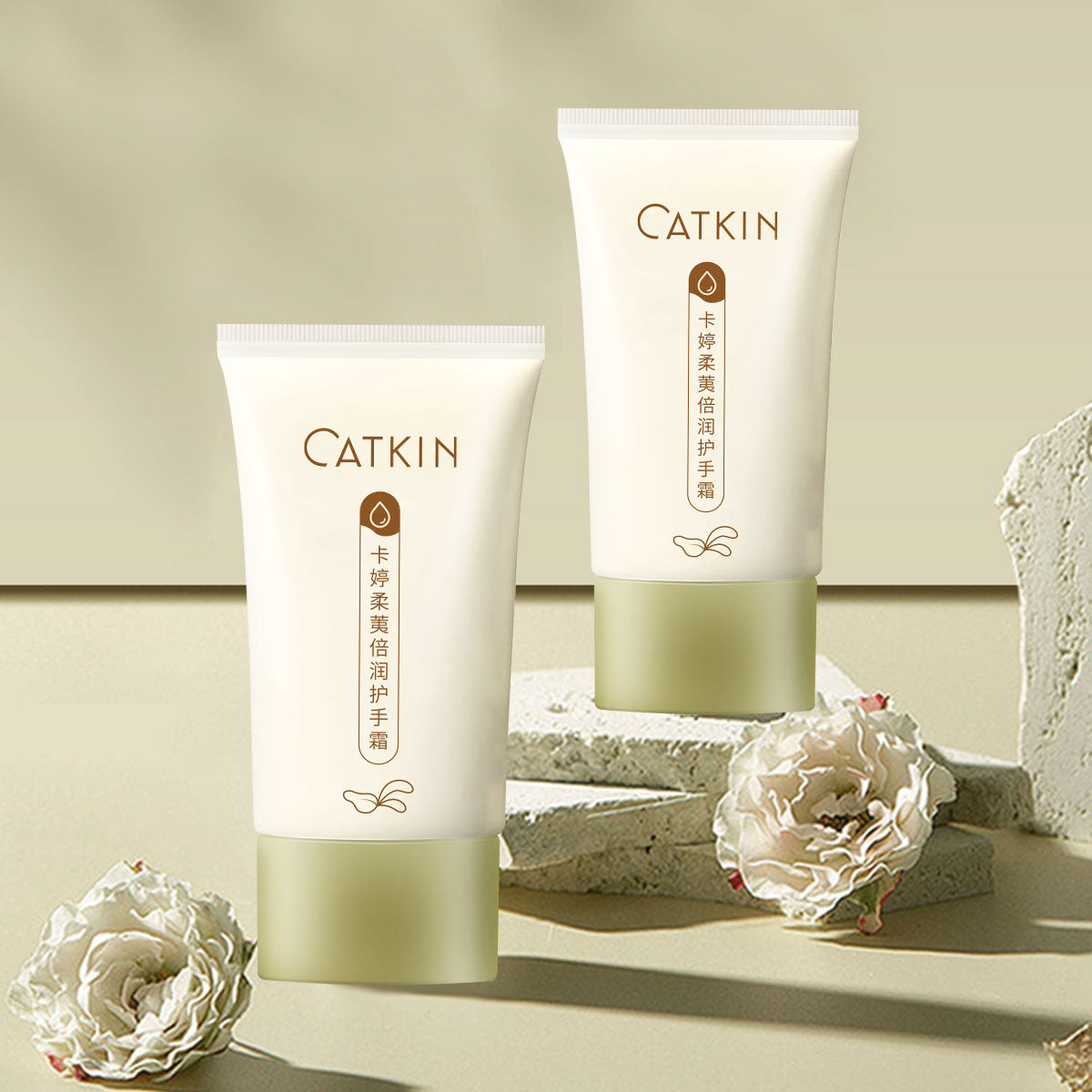
How to Choose the Right Foundation Shade for Beginners
Choosing the perfect foundation shade can be a daunting task, especially for beginners. The right foundation not only enhances your natural beauty but also provides a flawless base for your makeup. Here’s a comprehensive guide to help you find the ideal foundation shade that matches your skin tone and undertone.
1. Understand Your Skin Type
Before diving into shades, it’s essential to know your skin type as it determines the type of foundation you should use. There are generally five skin types:
- Normal: Balanced, not too oily or dry.
- Dry: May have flaky patches and feel tight.
- Oily: Prone to shine and breakouts.
- Combination: Oily in some areas (like the T-zone) and dry in others.
- Sensitive: Easily irritated and may react to certain products.
Knowing your skin type helps you choose the right formula. For instance, those with oily skin may prefer matte foundations, while those with dry skin may opt for hydrating or dewy foundations.
2. Determine Your Skin Tone
Your skin tone is the natural color of your skin, and it can be classified into three categories:
- Light: Fair skin that may burn easily in the sun.
- Medium: Beige or olive skin that tans more easily.
- Dark: Deep skin tones that rarely burn.
3. Identify Your Undertone
Your undertone is the subtle hue underneath your skin's surface that affects your overall complexion. There are three main types of undertones:
- Warm: Yellow, gold, or peachy undertones. You may notice that gold jewelry complements your skin, and your veins appear greenish.
- Cool: Pink, red, or blue undertones. Silver jewelry looks better on you, and your veins appear bluish or purple.
- Neutral: A mix of both warm and cool undertones. You look good in both gold and silver jewelry, and your veins are a mix of green and blue.
To determine your undertone, try these methods:
- Vein Test: Look at the veins on your wrist under natural light.
- Jewelry Test: Compare how gold and silver jewelry look against your skin.
- White Paper Test: Hold a white piece of paper next to your face. If your skin looks yellowish, you have warm undertones; if it appears pinkish, you have cool undertones; if you see a mix, you have neutral undertones.
4. Swatch Test for the Perfect Match
Once you understand your skin tone and undertone, it’s time to find your shade. Here’s how:
- Select a Few Shades: Pick a few shades that seem close to your skin tone.
- Apply Swatches: Apply a small amount of each shade on your jawline or wrist. The jawline is ideal as it shows how the foundation blends with both your face and neck.
- Natural Light: Always check the swatches in natural light, as artificial lighting can distort the true color.
- Blend and Observe: Blend the swatches into your skin and wait a few minutes. The shade that disappears into your skin seamlessly is your perfect match.
5. Consider the Oxidation Effect
Some foundations oxidize, meaning they get darker after application as they react with the air or your skin's oils. To test for oxidation:
- Wear Test: Apply the foundation on your face and wear it for a few hours.
- Check the Color: Observe if the color changes. If it darkens significantly, you may need to choose a lighter shade.
6. Seasonal Changes and Shade Adjustments
Your skin tone can change with the seasons. In summer, you might tan and need a slightly darker shade, while in winter, a lighter shade might be necessary. It's helpful to have two shades of foundation that you can mix as your skin tone changes.
7. Get Professional Help
If you’re still unsure, don’t hesitate to seek professional assistance. Visit a makeup counter and ask a beauty consultant to help you find your perfect shade. They have experience and can provide valuable advice tailored to your skin.
8. Test on Your Face, Not Your Hand
A common mistake is testing foundation on your hand. Your face and hand can have different tones and textures. Always test the foundation on your face, preferably on your jawline, for the most accurate match.
9. Take Your Time
Finding the perfect foundation shade is a process that requires patience. Don’t rush the decision. Take your time to test different shades and wear them for a while to ensure they truly match your skin.
10. Trust Your Instincts
Lastly, trust your instincts. If a shade looks and feels right to you, it probably is. Makeup is personal, and what matters most is how comfortable and confident you feel wearing it.
Conclusion
Choosing the right foundation shade may seem challenging, but with these steps, you can find a match that enhances your natural beauty. Remember to consider your skin type, tone, and undertone, and always test the shades in natural light. With a bit of practice and patience, you’ll master the art of selecting the perfect foundation shade in no time. Happy shopping!






